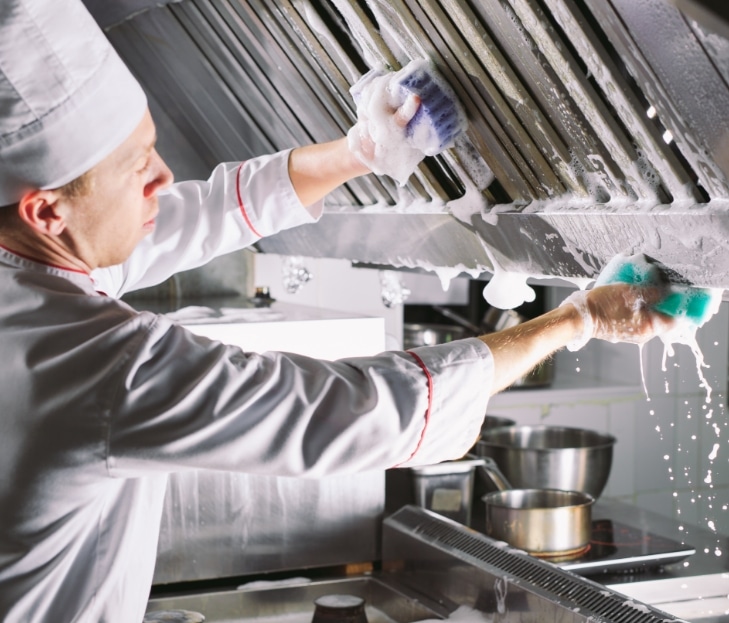The Ultimate Kitchen Guide: Energy Saving
Creating an energy-efficient kitchen is not only beneficial for the environment but also for your running costs. By implementing energy-saving techniques and using efficient appliances, you can significantly reduce your utility bills while minimising your carbon footprint. In “The Ultimate Kitchen Guide: Energy Saving,” we will explore various tips, tricks, and technologies to help you transform your kitchen into an energy-saving powerhouse.
Saving Energy In The Kitchen
When it comes to energy-saving in the kitchen, there are numerous factors to consider. From the lighting fixtures to the choice of appliances, each element plays a crucial role in optimising energy efficiency. By implementing the following strategies, you can ensure your kitchen operates in an eco-friendly and cost-effective manner.
1. Lighting: Shedding Light on Efficiency
In an energy-saving kitchen, lighting plays a pivotal role. By adopting these simple techniques, you can maximize the efficiency of your kitchen lighting:
- Switch to energy-efficient LED bulbs, which consume significantly less energy than traditional incandescent bulbs.
- Install motion sensors or timers to automatically turn off lights when the kitchen is unoccupied.
- Take advantage of natural light by strategically placing windows or skylights in your kitchen.
2. Appliances: Smart Choices for Energy Efficiency
Your choice of kitchen appliances can greatly impact your energy consumption. When purchasing new appliances or upgrading existing ones, consider the following energy-saving options:
- Look for appliances with the ENERGY STAR label, which indicates high energy efficiency.
- Opt for induction cooktops that heat up quickly and use less energy than conventional stovetops.
- Invest in a refrigerator with advanced temperature control features and energy-saving modes.
For more advice visit our Hospitality Catering Equipment page and feel free to get in touch
3. Insulation: Sealing in Savings
Proper insulation is key to preserving energy and maintaining a comfortable kitchen environment. Consider these insulation tips:
- Insulate your kitchen walls, windows, and doors to prevent heat transfer and drafts.
- Seal any gaps or cracks in the kitchen to prevent air leaks.
- Upgrade to energy-efficient windows that provide better insulation.
4. Ventilation: Fresh Air with Efficiency
Effective ventilation not only improves air quality but also contributes to energy savings. Follow these guidelines for an energy-efficient kitchen ventilation system:
- Install an energy-saving range hood that efficiently removes odors and steam while consuming less energy.
- Clean or replace filters regularly to maintain optimum performance.
- Consider installing a heat recovery ventilation system to recover heat from the air being exhausted.
Are you in the education sector? Visit this page to understand more about the solutions we provide.
5. Water Usage: Conservation Matters
Conserving water is an essential part of an energy-saving kitchen. Follow these water-saving tips:
- Fix any leaks or dripping faucets promptly.
- Install low-flow faucets and aerators to reduce water consumption.
- Use a dishwasher instead of handwashing dishes, as it typically requires less water and energy.

6. Eco-Friendly Practices: Small Changes, Big Impact
In addition to appliances and infrastructure, adopting eco-friendly practices can contribute significantly to energy savings in your kitchen. Consider these eco-conscious habits:
- Opt for reusable and eco-friendly kitchenware such as glass containers and stainless steel utensils.
- Utilise natural cleaning products instead of chemical-based alternatives to minimise environmental impact.
- Practice mindful cooking by defrosting food in the refrigerator instead of using the microwave.
Let The Professionals Help
Managing peak service is a crucial skill for restaurant chefs. Not only is it vital for the safety and security of your staff and customers, but efficient management also keeps orders rolling thick and fast.
Take the time to consider when your peak times are, the equipment that you need, the perfect layout for your kitchen, how to train your staff appropriately, and health and safety regulations you need to adhere to. You’ll be cooking with more than gas in no time.
To find out more, view our Planned Preventative Maintenance Agreements or get in touch.

Share This: